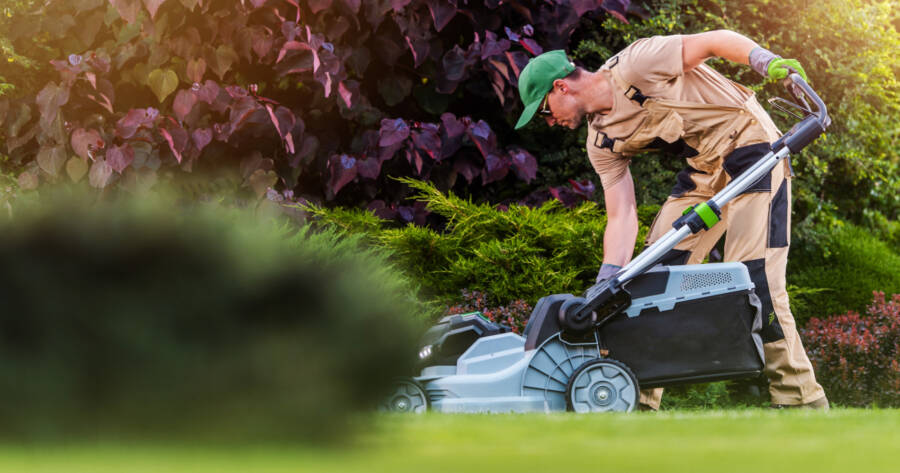A lush, green lawn doesn’t have to come with a high price tag. With a few smart strategies and a little consistency, you can achieve professional-looking results without draining your wallet. From DIY tricks to seasonal timing, maintaining a beautiful yard on a budget is entirely possible. The key is knowing where to spend and where to save.
Mow Smart, Not Hard
Regular mowing is essential, but overdoing it can stress your grass and cost more in the long run. Set your mower blade higher to keep grass about 2.5 to 3 inches tall. Taller grass shades the soil, retains moisture better, and helps crowd out weeds, reducing the need for expensive weed control treatments over time.
Sharpening your mower blades also makes a big difference. Dull blades tear the grass rather than cutting it cleanly, which can lead to brown tips and disease. Sharpen your blades at least once a season and mow only when the grass is dry to get the cleanest cut and preserve lawn health with minimal effort and expense.
Water Wisely and Efficiently
Watering your lawn doesn’t have to spike your utility bill. The key is deep, infrequent watering. Aim to water early in the morning—ideally between 6 and 10 a.m.—to reduce evaporation and help moisture soak down to the roots. One or two thorough watering sessions per week are often better than daily light sprinkles.
Installing a simple rain barrel can provide a free source of irrigation water for your lawn and garden. You can also reuse greywater from baths or laundry for non-edible plants, further cutting costs. Adjust sprinklers so water hits the lawn, not sidewalks, and avoid watering during wind or intense midday heat for best results.
Make the Most of Grass Clippings
Instead of bagging and discarding grass clippings, leave them on the lawn after mowing. This natural practice, known as grasscycling, returns essential nutrients like nitrogen back into the soil, reducing the need for store-bought fertilizers. It also saves time and effort while improving the overall health and appearance of your lawn.
Clippings break down quickly and do not cause thatch when mowed properly. They act as a free mulch, retaining moisture and keeping the soil cooler on hot days. If your mower doesn’t already have a mulching feature, consider an inexpensive mulching blade attachment. It’s a small investment that pays off in nutrient-rich, greener grass.
Use Homemade Fertilizers and Natural Boosters
Store-bought fertilizers can add up fast, but there are effective DIY alternatives that cost very little. Coffee grounds and eggshells are rich in nutrients and can be worked into the soil to boost growth naturally. A mix of Epsom salt and water can also help green up your lawn without harming pets or the environment.
Composting is another budget-friendly option that provides long-term benefits. Collect kitchen scraps and yard waste in a compost bin to create nutrient-dense soil amendments. Applying compost once or twice a year can improve soil structure, encourage microbial activity, and reduce the need for expensive chemical treatments or lawn feeds.
Time Your Lawn Care Tasks for Maximum Impact
Timing plays a crucial role in effective, low-cost lawn care. For example, aerating your lawn in early spring or fall helps roots absorb nutrients and water more efficiently. Overseeding during the same seasons ensures strong growth without the need for expensive sod or pre-grown turf patches.
Avoid the temptation to fertilize too often, especially in the heat of summer, as this can lead to burnt grass and wasted money. Apply treatments based on your region’s climate and your lawn’s specific needs. Keeping a simple seasonal schedule of tasks—like dethatching, feeding, and weeding—helps prevent issues before they become costly problems.
Low-Cost, High-Reward Lawn Habits
Smart lawn care doesn’t have to cost a fortune. With a little planning and a few cost-saving habits, you can keep your yard green, healthy, and thriving year-round. Small changes like mowing less aggressively, reusing clippings, and timing your tasks correctly can yield big results. The key is consistency—your lawn will reward your efforts with lasting curb appeal and lower maintenance costs over time.
